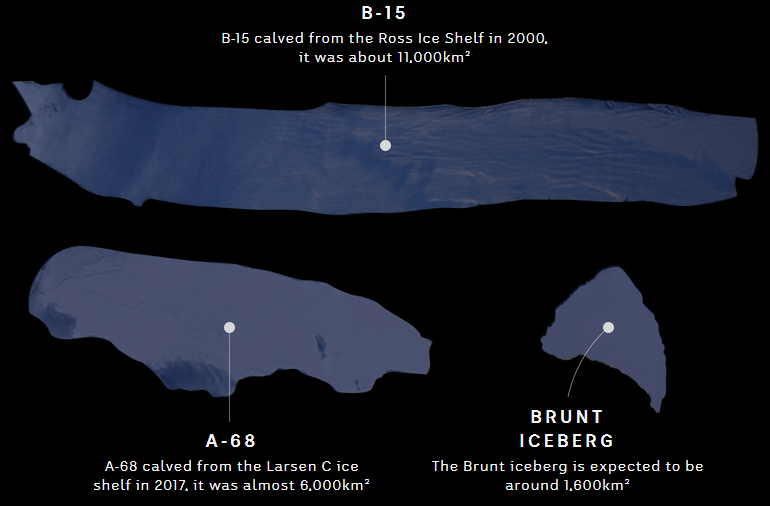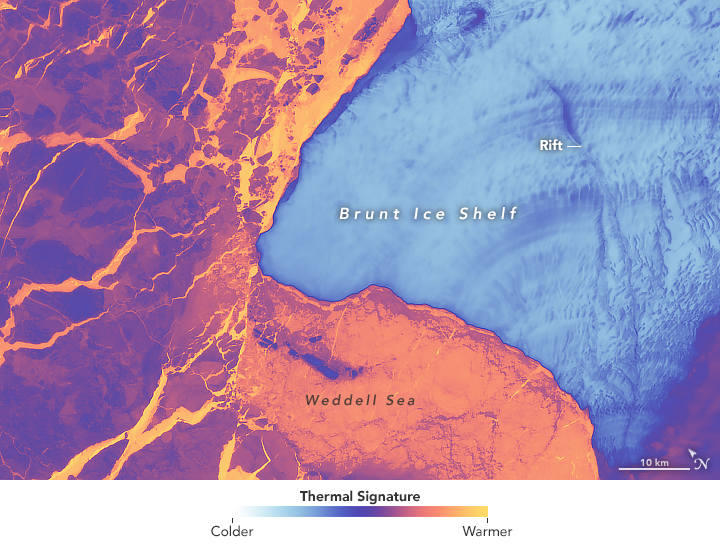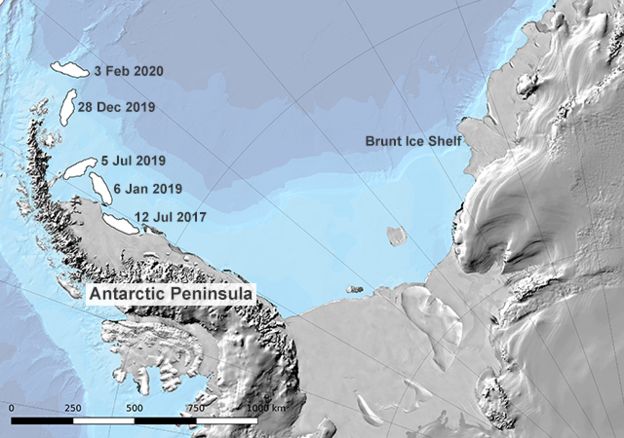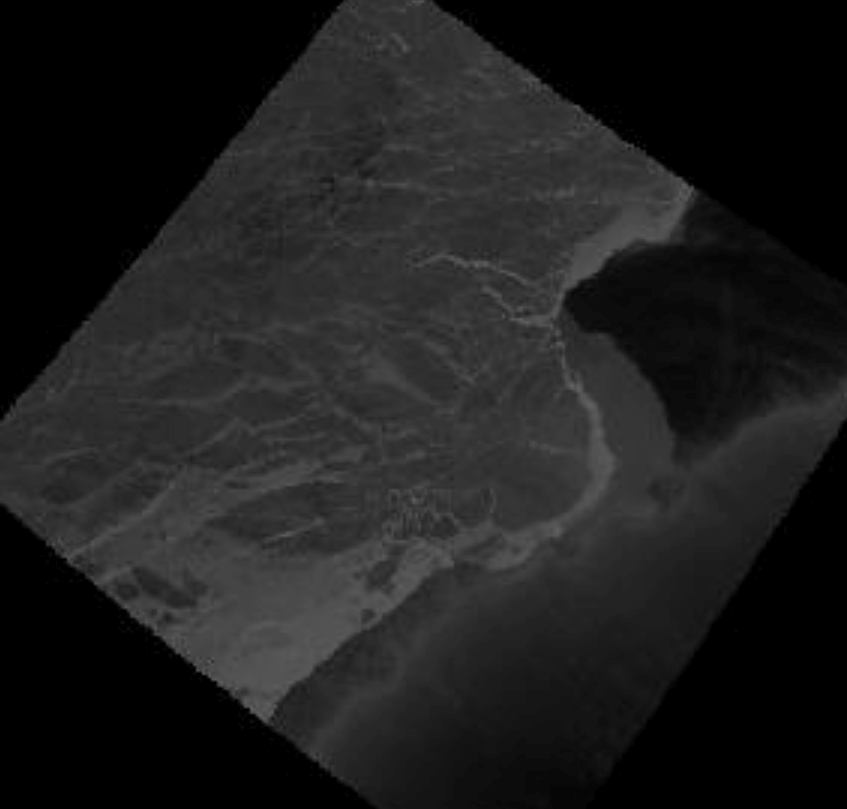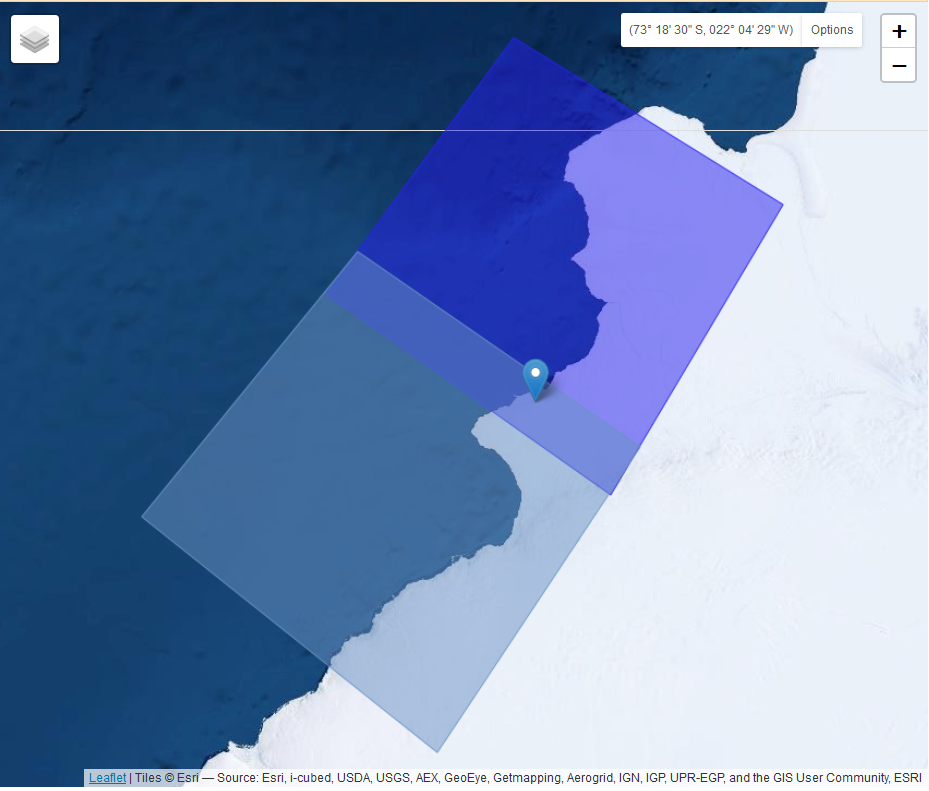https://www.bas.ac.uk/media-post/halley-research-station-antarctica-to-close-for-winter/ (from 2017)
I need to see what has happened since the relocation in 2017 of the British Halley Research Station on the Brunt Ice shelf. Back then, major cracks were opening in the ice shelf at a rapid rate in three different places: west, north and south of the new site. Is the ice shelf still in one piece? How much have the cracks grown?
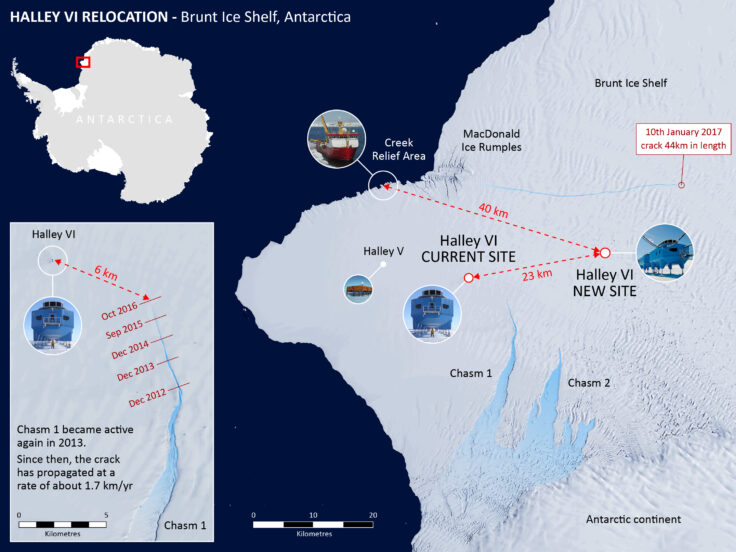
Huh, this isn’t what I’m looking for, but relevant to climate change. “Scientists have created the first ever large-scale map of microscopic algae as they bloomed across the surface of snow along the Antarctic Peninsula coast … We identified 1679 separate blooms of green algae on the snow surface, which together covered an area of 1.9 km2, equating to a carbon sink of around 479 tonnes per year. … fertilised by penguins” https://www.bas.ac.uk/media-post/climate-change-will-turn-coastal-antarctica-green/
This isn’t what I’m looking for, either, but also interesting. https://www.bas.ac.uk/media-post/antarctic-digital-database/ “A newly updated Antarctic Digital Database is released today (12 May 2020). The Antarctic Digital Database (ADD) is a compilation of the best available topographic datasets for Antarctica, managed by BAS Mapping and Geographic Information Centre (MAGIC) on behalf of The Scientific Committee on Antarctic Research (SCAR). The compilation has been running for over 25 years and has tracked important changes in Antarctica, such as the break-up of large ice shelves and the revelation of new islands as the ice has retreated.”
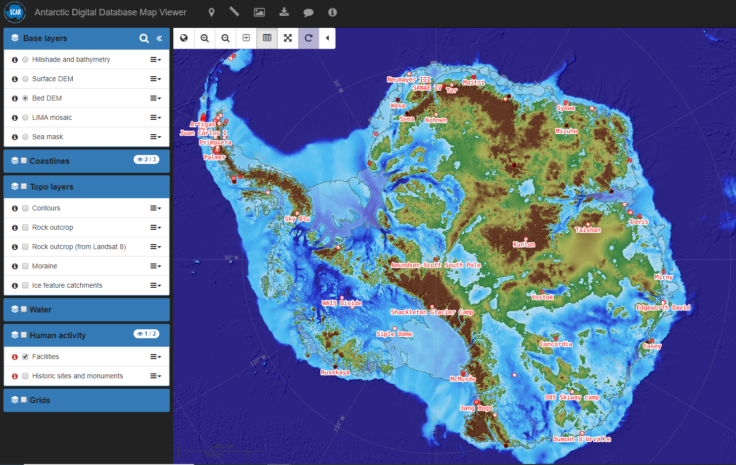
Also not what I’m looking for, but also interesting. https://www.bas.ac.uk/media-post/traces-of-rainforests-found-in-west-antarctica/ “From a sediment core collected from the seafloor in West Antarctica, they found evidence that around 90 million years ago the coastline was home to temperate, swampy rainforests where the annual mean temperature was 12 degrees Celsius – an exceptionally warm climate for a location near the South Pole.”
https://www.bas.ac.uk/media-post/stranded-whales-space/ “A new technique for analysing satellite images may help scientists detect and count stranded whales from space. Researchers tested a new detection method using Very High Resolution (VHR) satellite images from Maxar Technologies of the biggest mass stranding of baleen whales yet recorded.”
“https://www.bas.ac.uk/media-post/marine-life-recovery-following-the-dinosaurs-extinction/:https://www.bas.ac.uk/media-post/marine-life-recovery-following-the-dinosaurs-extinction/ “The K-Pg extinction fundamentally changed the evolutionary history of life on Earth. In Antarctica, for over 320,000 years after the extinction, only burrowing clams and snails dominated the Antarctic sea floor environment. It took up to one million years for the number of species to recover to pre-extinction levels.”
https://www.bas.ac.uk/media-post/new-mission-for-1-5-million-year-climate-record/ “April, 2019. plans for an ambitious mission to find the oldest ice on Earth. A 2.7km ice core drilled from ‘Little Dome C’ on East Antarctica will reveal the history of the Earth’s climate going back 1.5 million years.”
https://www.bas.ac.uk/media-post/halley-research-station-closes-for-2019-antarctic-winter/ “The station, which previously operated year round, was first closed for safety reasons during the 2017 Antarctic winter. The latest data shows that glaciological conditions on the Brunt Ice Shelf remain unpredictable.”
https://earthobservatory.nasa.gov/images/144563/countdown-to-calving-at-brunt-ice-shelf “From Jan 2019”, the Brunt ice shelf is very close to falling apart. Expect news of a big chunk of Antarctica floating away in the next 12 months. “1700 square kilometers”.
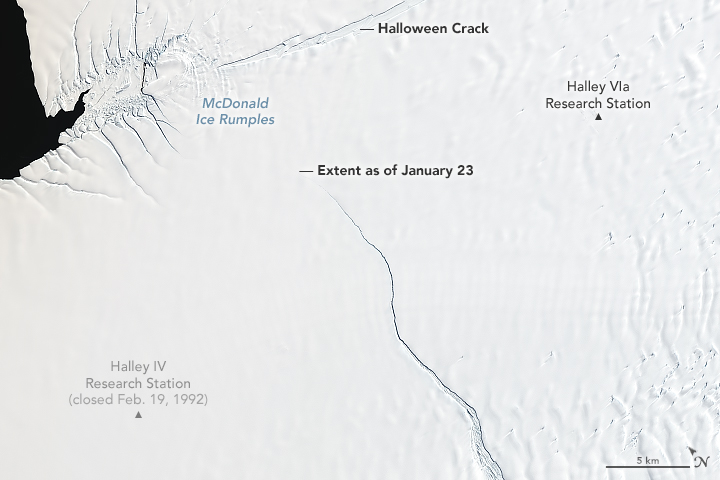
Here’s what I’m looking for, from October 2019. https://www.abc.net.au/news/2019-10-09/formation-of-brunt-ice-shelf-iceberg-in-antarctica-captured/11370748?nw=0
“Surprisingly, the crack hasn’t accelerated as the piece of remaining ice has grown narrower and narrower, which was our prediction at the beginning, that towards the end things would move much more rapidly. Over the last months, things have, if anything, slowed down a little bit and the crack appears to be progressing rather slowly.”
